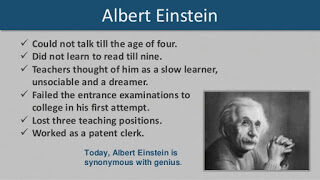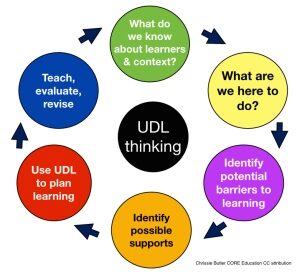11 Ways to Support Students with Exceptionalities
 When teachers enter the classroom, they bring with them personal experiences, beliefs, and attitudes that shape instructional choices, interactions with students, and beliefs about the learner.
When teachers enter the classroom, they bring with them personal experiences, beliefs, and attitudes that shape instructional choices, interactions with students, and beliefs about the learner.

Teacher expectations are strongly correlated to student achievement. As such, what a teacher believes about a student may become the expected outcome, and this is true for students with disabilities as well (Hampton & Mason, 2003). 
The Individual with Disabilities Education Act (IDEA, 2004), mandates public schools which receive federal funds to provide equal access to education for all children regardless of disability. Schools must evaluate students with disabilities and create an Individualized Education Program (IEP) with parental input, in order to educate students in the least restrictive environment (LRE), with the first educational placement consideration being a general classroom setting.
Today, 57% of students with disabilities spend more than 80% of their day in general education classrooms, yet general education teachers consistently report that they do not have the skills they need to effectively instruct diverse learners, including students with disabilities. (Blanton, et al., 2011).
How do we change the knowledge, skills and dispositions of teachers who are likely to work hundreds of students with disabilities throughout their career?
I remember the first time I learned from another colleague about Garret’s story. This story inspired me to think differently about how I prepare teacher candidates to work with students with disabilities, because I heard the experiences, struggles and dreams of a parent and their child who has Down Syndrome.
Here are a few tips for new teachers who are working with students with exceptionalities:
- Learn about students disabilities by reading their IEP, talking with the Special Educator, and parents and staying informed on current research such as on the IRIS site.
- Create a method of communication between you and the family such as using the Remind 101 app to effectively collaborate with families, share progress on IEP goals, and promote transfer of skills to home life.
- Spend time with your students get to know their interests, favorite things and what they do for enjoyment.
- Establish a relationship of trust and support and design instruction that will incorporate their interest for motivation.
- Design instruction to support IEP goals for academic and non-cognitive skills as well. For example a student with Autism spectrum disorder might have a goal for emotional regulation strategies to self-manage behavior.
- Use progress monitoring to collect data of students performance both behavioral and academic across time.
- Create a safe and structured classroom environment that is predictable, and consistent. Minimize distractions that create an unpredictable and confusing class environment.
- Use multiple representations to teach a concept, multiple ways for students to engage, and multiple ways for students to express what they know (UDL).
- Chunk information into small steps with illustrations, diagrams and cues to support learning.
- Incorporate visuals into instruction such as pictures, graphic organizers and multimedia.
- Show don’t tell (model your expectations) and always smile.

Do you work with students with exceptionalities? How has this experience shaped your perception about creating an inclusive environment?
Check out my latest publication for more information on how to prepare preservice teachers for the inclusive classroom.





